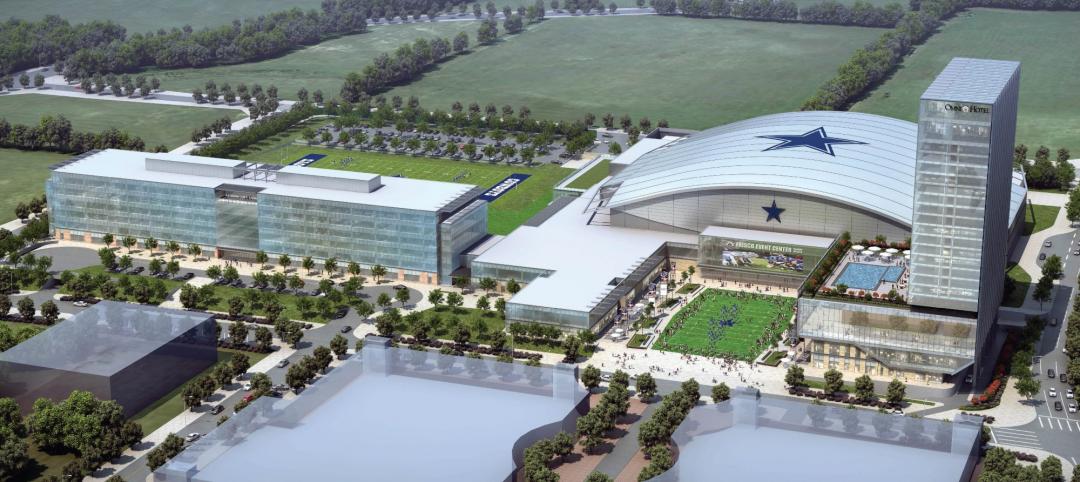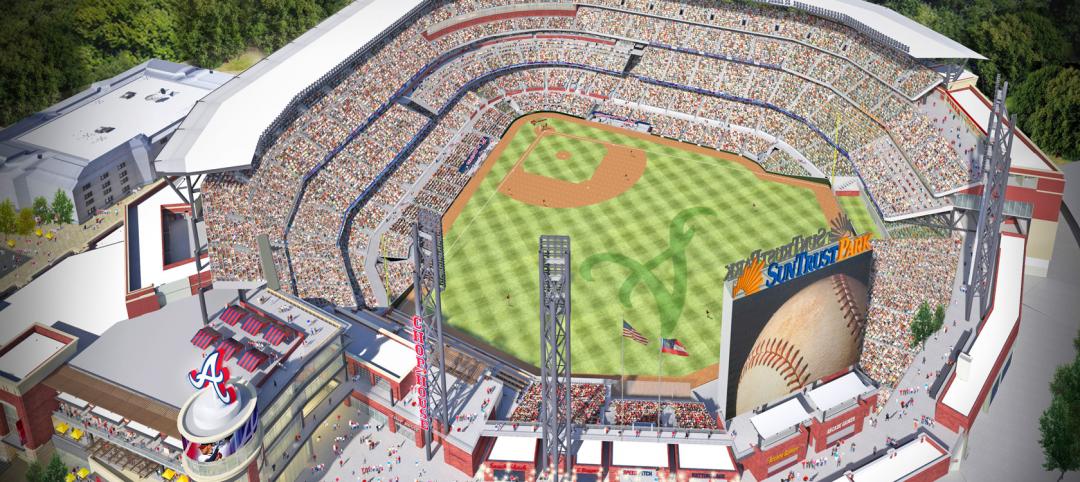Raider Nation may be getting a change of scenery soon if the Oakland Raiders decide to relocate to Las Vegas. If they do make the decision to abandon ship, the Raiders will be leaving behind the Oakland Coliseum, arguably the worst stadium in the NFL, in favor of a new $1.9 million MANICA-designed abode.
The proposed stadium would be situated just off the south end of the Las Vegas Strip and provide seating for 65,000 fans, although this number can expand to 72,000 fans for Super Bowls, and parking for 8,000 cars, according to designboom.com.
Among the stadium’s features are an open-aired main entrance, a transparent roof, and a retractable natural turf field. There will also be lounge and private suites incorporated throughout.
The state of Nevada has reportedly already approved $750 million for the venue, the Raiders owner, Mark Davis, said the team would contribute $500 million, and Sheldon Adelson, Founder, Chairman, and Chief Executive Officer of Las Vegas Sands Corporation, has pledged $650 million, according to Dezeen.com.
If the Raiders do move to Las Vegas, the team hopes to complete the new stadium in time for the 2020 NFL season.
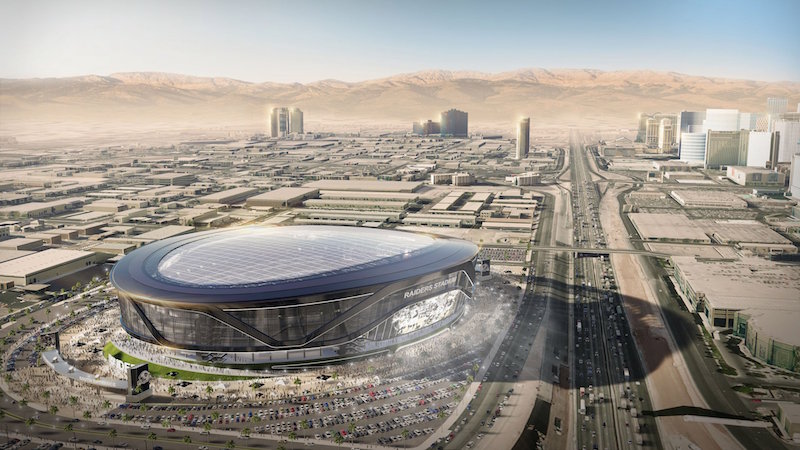 Rendering courtesy of MANICA Architecture.
Rendering courtesy of MANICA Architecture.
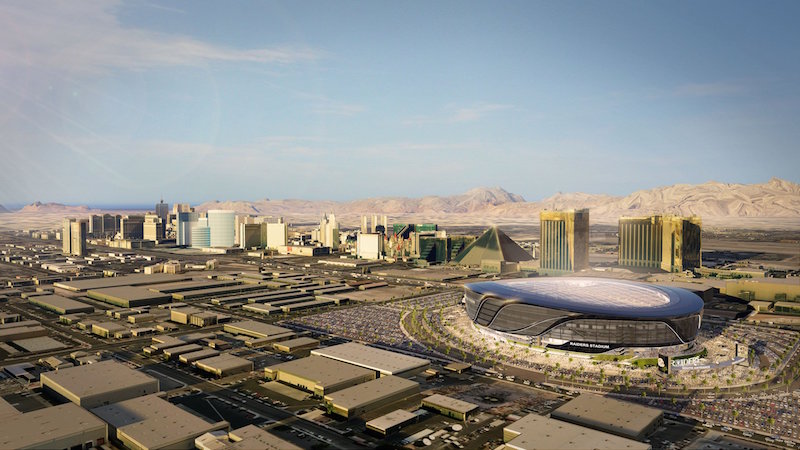 Rendering courtesy of MANICA Architecture.
Rendering courtesy of MANICA Architecture.
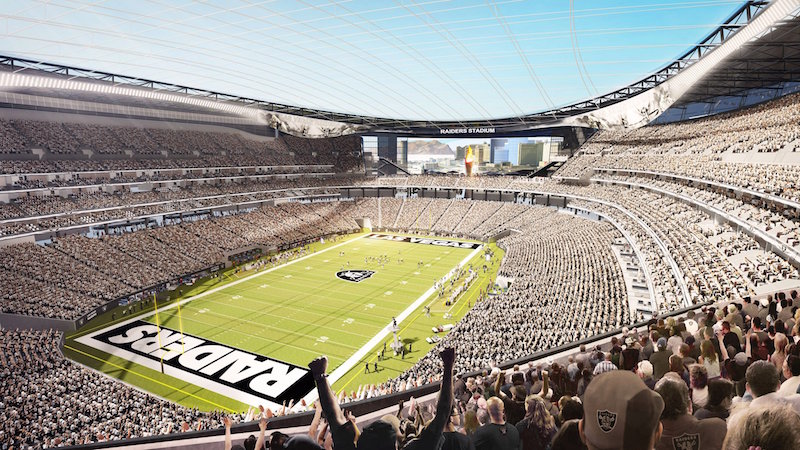 Rendering courtesy of MANICA Architecture
Rendering courtesy of MANICA Architecture
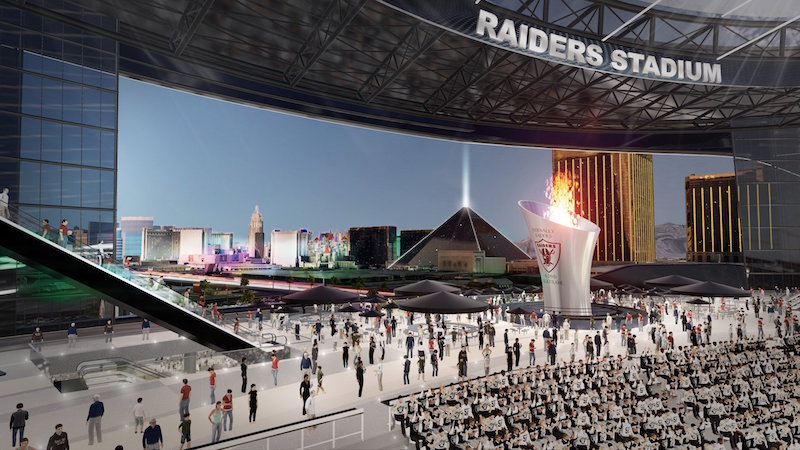 Rendering courtesy of MANICA Architecture.
Rendering courtesy of MANICA Architecture.
Related Stories
| Oct 30, 2014
New hotel to be developed at future Dallas Cowboys World Headquarters
The Omni property will be one of the only full-service upscale hotels in the area, and serve as a cornerstone of the mixed-use development, which will be anchored by the Dallas Cowboys World Headquarters and Frisco’s Multi-Use Event Center.
| Oct 20, 2014
Singapore Sports Hub claims world's largest free-spanning dome
The retractable roof, which measures a whopping 1,017-feet across, is made from translucent ETFE plastic panels supported with metal rigging that arches over the main pitch.
| Oct 16, 2014
Perkins+Will white paper examines alternatives to flame retardant building materials
The white paper includes a list of 193 flame retardants, including 29 discovered in building and household products, 50 found in the indoor environment, and 33 in human blood, milk, and tissues.
| Oct 15, 2014
Harvard launches ‘design-centric’ center for green buildings and cities
The impetus behind Harvard's Center for Green Buildings and Cities is what the design school’s dean, Mohsen Mostafavi, describes as a “rapidly urbanizing global economy,” in which cities are building new structures “on a massive scale.”
| Oct 12, 2014
AIA 2030 commitment: Five years on, are we any closer to net-zero?
This year marks the fifth anniversary of the American Institute of Architects’ effort to have architecture firms voluntarily pledge net-zero energy design for all their buildings by 2030.
| Sep 24, 2014
Architecture billings see continued strength, led by institutional sector
On the heels of recording its strongest pace of growth since 2007, there continues to be an increasing level of demand for design services signaled in the latest Architecture Billings Index.
| Sep 22, 2014
4 keys to effective post-occupancy evaluations
Perkins+Will's Janice Barnes covers the four steps that designers should take to create POEs that provide design direction and measure design effectiveness.
| Sep 22, 2014
Sound selections: 12 great choices for ceilings and acoustical walls
From metal mesh panels to concealed-suspension ceilings, here's our roundup of the latest acoustical ceiling and wall products.
| Sep 17, 2014
Atlanta Braves break ground on mixed-use ballpark development
SunTrust Park will be constructed by American Builders 2017, a joint venture between Brasfield & Gorrie, Mortenson Construction, Barton Malow Company, and New South Construction.
| Sep 9, 2014
Using Facebook to transform workplace design
As part of our ongoing studies of how building design influences human behavior in today’s social media-driven world, HOK’s workplace strategists had an idea: Leverage the power of social media to collect data about how people feel about their workplaces and the type of spaces they need to succeed.



